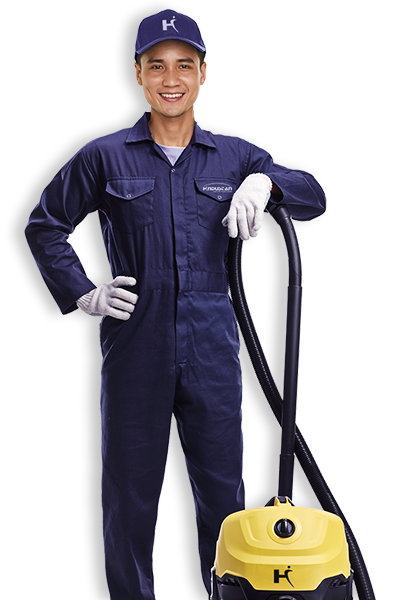In today’s health-conscious world, terms like “cleaning” and “sanitization” are often used interchangeably. However, while they might seem synonymous, they have distinct meanings and implications, especially in the context of maintaining a safe and healthy environment. Understanding the difference between these two processes is crucial, not just for businesses and public spaces but also for our homes. Let’s delve deeper into the nuances of sanitization and cleaning and explore why distinguishing between them is so vital.
1. Defining the Terms:
Cleaning: Cleaning refers to the process of removing visible dirt, debris, and impurities from surfaces. This is typically achieved using water, soap, or detergents. The primary goal of cleaning is to make a space look and feel better by getting rid of obvious stains and dirt. However, cleaning doesn’t necessarily kill germs; it merely reduces their number by physically removing them.
Sanitization: Sanitization goes a step further. It aims to lower the number of germs and bacteria on surfaces to a safe level, as defined by public health standards. Sanitization doesn’t necessarily clean dirty surfaces or remove germs, but by killing bacteria, it decreases the risk of infection.
2. The Process Involved:
Cleaning: Cleaning often involves scrubbing, washing, and rinsing. Common cleaning agents include soaps, detergents, and water. The mechanical action of scrubbing or brushing helps dislodge and remove dirt and debris.
Sanitization: Sanitization procedures might involve chemicals, heat, or other methods to kill germs. Examples include the use of disinfectants, antiseptics, or even UV light in some advanced sanitization processes.
3. The Purpose:
Cleaning: The main aim of cleaning is aesthetic. It’s about removing visible dirt and making a space look and feel clean. While it does remove germs due to the physical act of cleaning, it doesn’t necessarily kill them.
Sanitization: The primary purpose of sanitization is health. It’s about reducing the microbial population to a safe level and thus reducing the risk of spreading infections.
4. When to Use Which?
Cleaning: It’s essential to clean regularly to maintain a pleasant environment. Daily activities like sweeping, mopping, and dusting fall under cleaning. Before any disinfection or sanitization process, cleaning is a crucial first step to remove any physical barriers for the sanitizing agents.
Sanitization: In areas where there’s a higher risk of germ transmission, like bathrooms, kitchens, or public spaces, regular sanitization is crucial. Especially in a post-pandemic world, sanitizing high-touch surfaces like doorknobs, elevator buttons, and handrails can significantly reduce the risk of disease transmission.
5. Why the Distinction Matters:
Understanding the difference between cleaning and sanitizing is essential for several reasons:
- Health and Safety: While cleaning can make an area look clean, it might still be teeming with germs. Especially in settings like hospitals or restaurants, merely cleaning is not enough. Regular sanitization is crucial to ensure the health and safety of occupants.
- Effective Resource Utilization: Knowing when to clean and when to sanitize can help in the efficient use of resources, be it time, effort, or cleaning agents.
- Setting Expectations: When hiring professional services, it’s essential to know whether you’re paying for cleaning or sanitization. The two require different resources, time, and expertise.
Conclusion:
In conclusion, while cleaning and sanitization are both essential components of maintaining a healthy environment, they serve different purposes. Regular cleaning is crucial for aesthetics and basic hygiene, but to ensure a space is genuinely safe, especially in today’s context, sanitization is non-negotiable. As we navigate the new normal, understanding and implementing both processes in their right contexts will be the key to ensuring our spaces are not just clean, but also safe.



